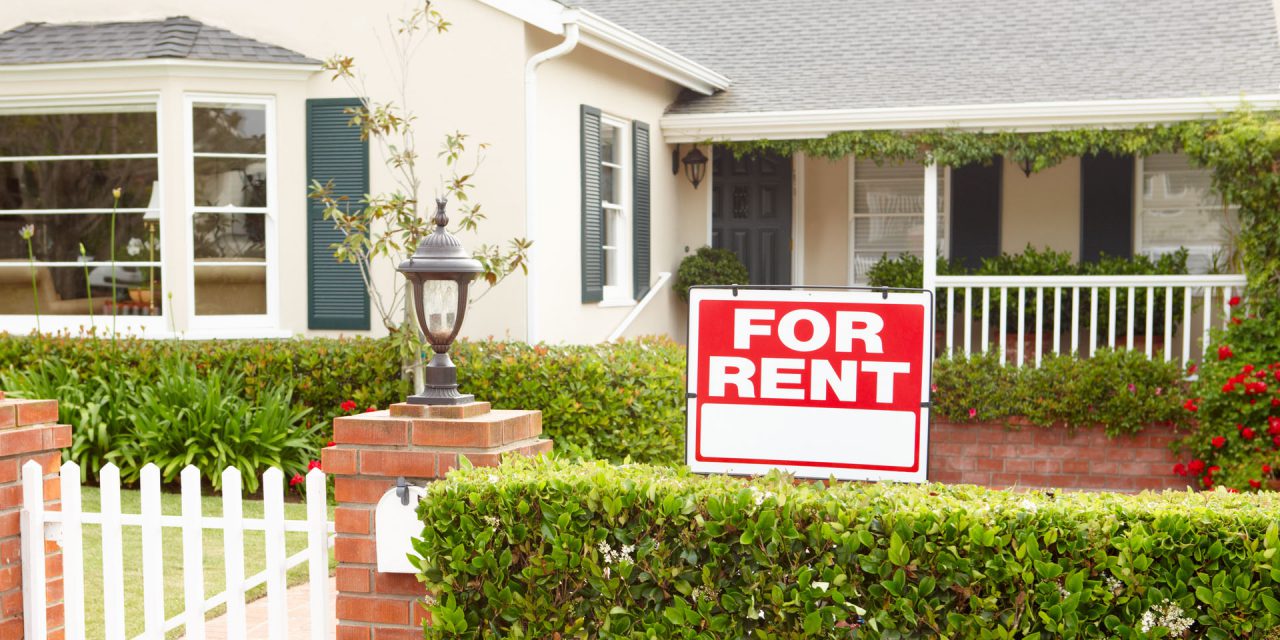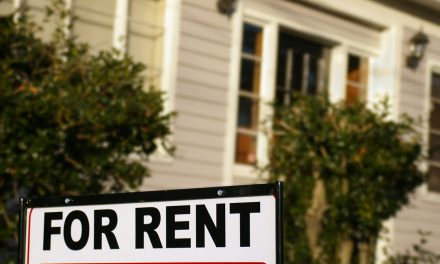When asked to think about rentals, apartment units commonly come to mind. While most rentals are multi-family apartment units, the share of rentals that are single family residences (SFRs) has grown significantly in recent years.
Nationally, the share of SFRs which are rentals increased from 13% in 2006 to 19% in 2017, according to Trulia. Compared to national levels, California’s increase in the share of rental SFRs is slightly higher.

Why the jump in SFR rentals? Most of the rise can be attributed to the foreclosure crisis, which hit the nation and California particularly hard following the 2008 Great Recession.
This is played out in areas with the highest foreclosure rates and job losses, which saw the greatest jumps in SFR rentals in the years following the 2008 recession. Foreclosures finally returned to pre-recession levels in 2016.
For example, Bakersfield saw the largest increase in the share of SFR rentals in California, rising 5.6 percentage points from 2006 to 2016. The foreclosure rate here was also one of the highest in the state, with foreclosed homes averaging 0.21% of all existing homes when foreclosures peaked during 2008-2012.
Compare this with San Jose, which saw the smallest increase in SFR rentals, rising just 2.5 percentage points from 2006 to 2016. The foreclosure rate in San Jose was only .06% of all homes in 2008-2012.
Echoes from recent history
During the years immediately following the 2008 recession, jobless homeowners were forced to abandon the homes purchased during the Millennium Boom. Foreclosures and short sales flooded the market, driving down home prices across the state — worst in areas with high job loss and foreclosure rates (e.g. Bakersfield and Fresno).
Investors swooped in and bought up these homes at their reduced rates. Some of these investors were short-term flippers, intent on making a quick profit by riding market momentum once the housing market began to finally recover. Others were buy-and-let investors, who planned to rent out their newly acquired properties over the next several years to receive monthly profits. It was this latter type of investor who has pushed the SFR rental rate higher over the past decade.
However, the share of SFR rentals has likely fallen somewhat since this 2016 data was released. That’s because, sensing a peak in home pricing and capitalizing on the low-inventory, high-demand housing market experienced in 2017 and the first half of 2018, many investors have opted to sell their properties purchased at the bottom of the market for the maximum profit.
This is ultimately a good thing for California’s housing market, which has been held back by a low for-sale inventory since 2017. Some have blamed California’s low inventory directly on the rise in SFR rentals.
While SFR rentals aren’t entirely to blame, they are only part of the problem. The larger problem is strict zoning which has limited new residential construction. More housing is needed in California for renters and homebuyers alike — but that’s another story.















Hopefully the economy will remain strong and wages will rise enough to give younger folks the opportunity to become first-time home buyers.
Awesome information!